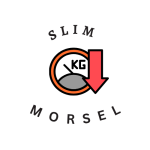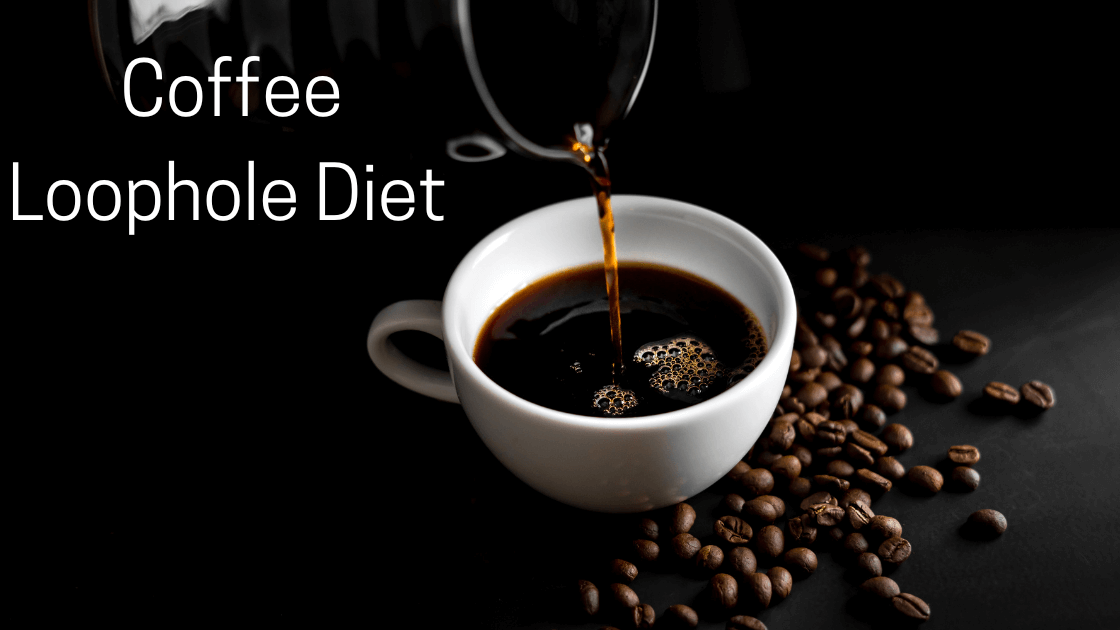The buzz around the coffee loophole diet has grown rapidly, especially among people who are exploring efficient ways to manage hunger, improve fasting endurance, and support their weight loss journey without drastically changing their routine.
At its core, this diet leverages one of the most widely consumed beverages in the world, coffee, timed strategically to curb appetite and help extend fasting windows.
What Exactly Is the Coffee Loophole Diet?
The coffee loophole diet involves drinking coffee with supplements within seven seconds of hunger pangs to curb appetite.
This strategy taps into the thermogenic and appetite-suppressing properties of coffee, allowing you to manage cravings before they escalate.
The goal is to outmaneuver the brain’s hunger signals by quickly consuming something stimulating without breaking your fast or reaching for solid food.
Why Coffee Works for Appetite Control
Caffeine, the primary active compound in coffee, has been shown to increase metabolic rate and suppress appetite. It works by:
- Stimulating the central nervous system
- Increasing adrenaline levels
- Delaying the hormone ghrelin (which signals hunger)
- Enhancing energy expenditure
Many use it strategically during fasting or before meals to prolong satiety and avoid unnecessary snacking.
What I do is to drink coffee during the fasting window to try to mitigate the hunger before it is my time to eat. This keeps me on track with my fasting routine, especially on busy days.
Timing Is Everything: The “Seven Second” Rule
One of the unique aspects of the coffee loophole diet is the suggestion to act fast, ideally within seven seconds of feeling hunger.
The rationale is that early intervention can short-circuit cravings before they become harder to resist.
This method can be a psychological and physical trick, training your body to manage hunger cues without relying on high-calorie snacks.
Intermittent Fasting and the Coffee Loophole Diet
Intermittent fasting and the coffee loophole diet go hand in hand. During fasting windows, you often deal with dips in energy or sudden hunger spikes.
I do intermittent fasting, and sometimes I feel very hungry, especially on days that I have many things to do with my business. That’s when this diet approach really shines. Coffee becomes more than just a beverage; it becomes a tool.
When used mindfully, it can extend fasting duration, sustain mental alertness, and make fasting more manageable for those leading hectic lifestyles.
Can You Add Anything to Your Coffee?
The purist version of the coffee loophole diet calls for black coffee, but for those who find it too harsh:
The coffee loophole diet is good for people who cannot drink just coffee. I recommend adding milk, but avoid adding sugar or any sweetener.
This small modification keeps the drink low-calorie while enhancing taste, making the routine more sustainable without drastically affecting the appetite-suppressing effect.
Do Supplements Play a Role?
Some variations of the diet incorporate supplements, such as:
- MCT oil – for added fat-burning potential
- Electrolytes – to avoid dehydration during fasting
- Fiber capsules – to enhance satiety
While not strictly necessary, these can amplify the effect, especially for those combining this approach with ketogenic or low-carb diets.
Is the Coffee Loophole Diet Scientifically Supported?
While formal studies on the “coffee loophole diet” by name are limited, research around its components is solid. Caffeine has a well-documented role in reducing appetite and increasing metabolism.
Clinical reviews and meta-analyses have demonstrated:
- A temporary boost in metabolic rate by 3–11%
- Improved endurance during fasting or low-calorie intake
- Reduced subjective hunger when caffeine is consumed before meals
Still, it’s important to personalize this strategy. Everyone reacts differently to caffeine, and too much can lead to irritability, digestive issues, or disrupted sleep.
Best Practices for Success
If you’re looking to try the coffee loophole diet, keep these tips in mind:
- Choose quality coffee – Opt for organic or low-acid varieties.
- Skip sugar and sweeteners – They spike insulin and break fasts.
- Drink early – Avoid caffeine late in the day to protect your sleep.
- Listen to your body – If you feel jittery or anxious, reduce your intake.
- Time it right – Within seconds of hunger pangs, not after you’re already raiding the fridge.
FAQ: The Coffee Loophole Diet
Is the Coffee Loophole Diet safe for everyone?
Generally, yes, if you tolerate caffeine well. However, people with sensitivity to caffeine, high blood pressure, acid reflux, or heart conditions should consult a healthcare provider before using coffee as a regular appetite suppressant. Also, pregnant or breastfeeding individuals should be cautious with caffeine intake.
Does adding milk to coffee break a fast?
Technically, any caloric addition may break a strict fast. However, if your goal is weight loss or appetite control rather than autophagy or blood sugar regulation, a splash of milk might not derail your progress.
The coffee loophole diet is good for people who cannot drink just coffee. I recommend adding milk, but avoid adding sugar or any sweetener. This keeps the impact minimal while improving taste.
What’s the ideal time to drink coffee on this diet?
The best time is right when you feel the first hunger signals within seconds. This quick response can blunt the hunger before it escalates and help you maintain control.
The coffee loophole diet involves drinking coffee with supplements within seven seconds of hunger pangs to curb appetite. Timing here is key to its effectiveness.
Can I drink more than one cup per day?
Yes, but moderation matters. Excessive caffeine can cause jitters, increased heart rate, or digestive issues.
Stick to 1–3 cups, spaced out during your fasting or low-intake periods, and always hydrate well alongside.
Is black coffee better than coffee with supplements or milk?
Black coffee is ideal for a pure, low-calorie approach. However, adding MCT oil or milk can enhance satiety. Just be mindful of calories and avoid sugar or syrups that can spike insulin.
How does this diet help with intermittent fasting?
The coffee loophole diet supports fasting by managing hunger pangs and boosting alertness.
I do intermittent fasting, and sometimes I feel very hungry, especially on days that I have many things to do with my business.
What I do is to drink coffee during the fasting window to try to mitigate the hunger before it is my time to eat.
It’s a helpful bridge during longer fasting windows.
Does this method really help with weight loss?
It can, particularly as part of a larger strategy involving intermittent fasting and calorie control. Coffee’s appetite-suppressing effect may reduce overall food intake and make fasting or meal-skipping easier, aiding in calorie deficit creation.
Final Thoughts
The coffee loophole diet isn’t magic, but it’s a smart strategy that blends behavioral psychology with nutritional science. It’s incredibly useful for those combining it with fasting or trying to reduce mindless snacking.
The coffee loophole diet involves drinking coffee with supplements within seven seconds of hunger pangs to curb appetite.
For me, it became a practical tool to manage hunger during fasting, especially on days when my schedule is packed with business tasks and I need to stay mentally sharp.
If you’re looking for a small, sustainable change with real impact, this could be your loophole to better results.

